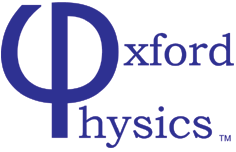
KINETIC THEORY
Oxford Master Course in Mathematical and Theoretical Physics
("MMathPhys")
&
Centre for Postgraduate Training in Plasma Physics and High Energy Density Science
followed by
COLLISIONLESS PLASMA PHYSICS
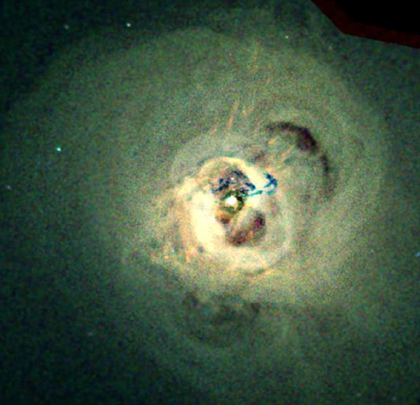 |
 |
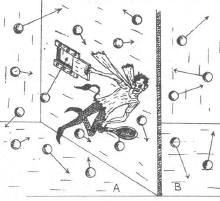 |
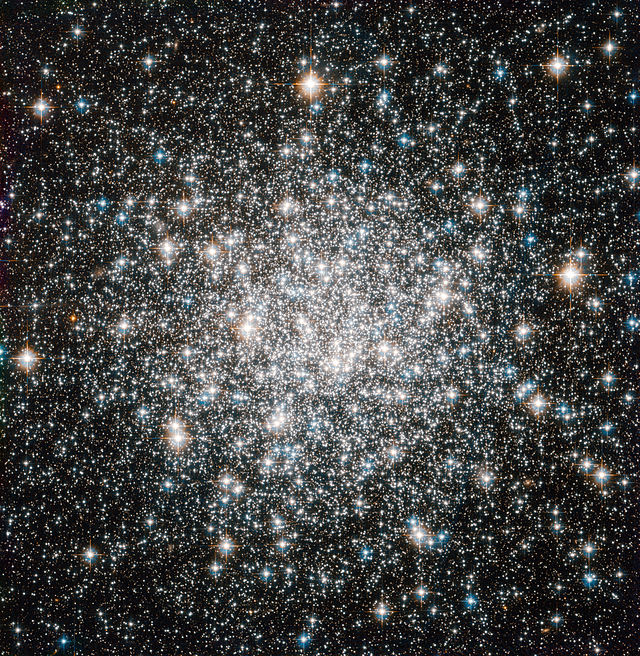 |
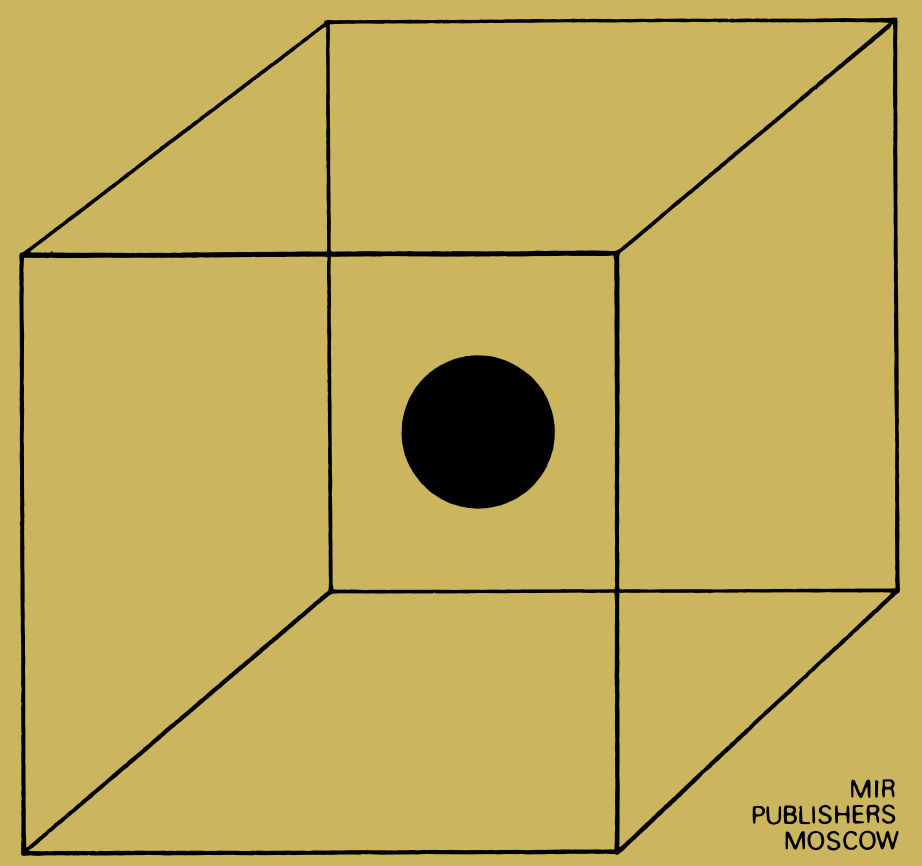 |
Dr Paul Dellar, Prof Alexander Schekochihin, Dr Chris Hamilton
TA: Robbie Ewart
This is a core MMathPhys course which we expect to be of interest to graduate students specialising in the physics (or applied mathematics) of gases and plasmas, astrophysics, and condensed matter.
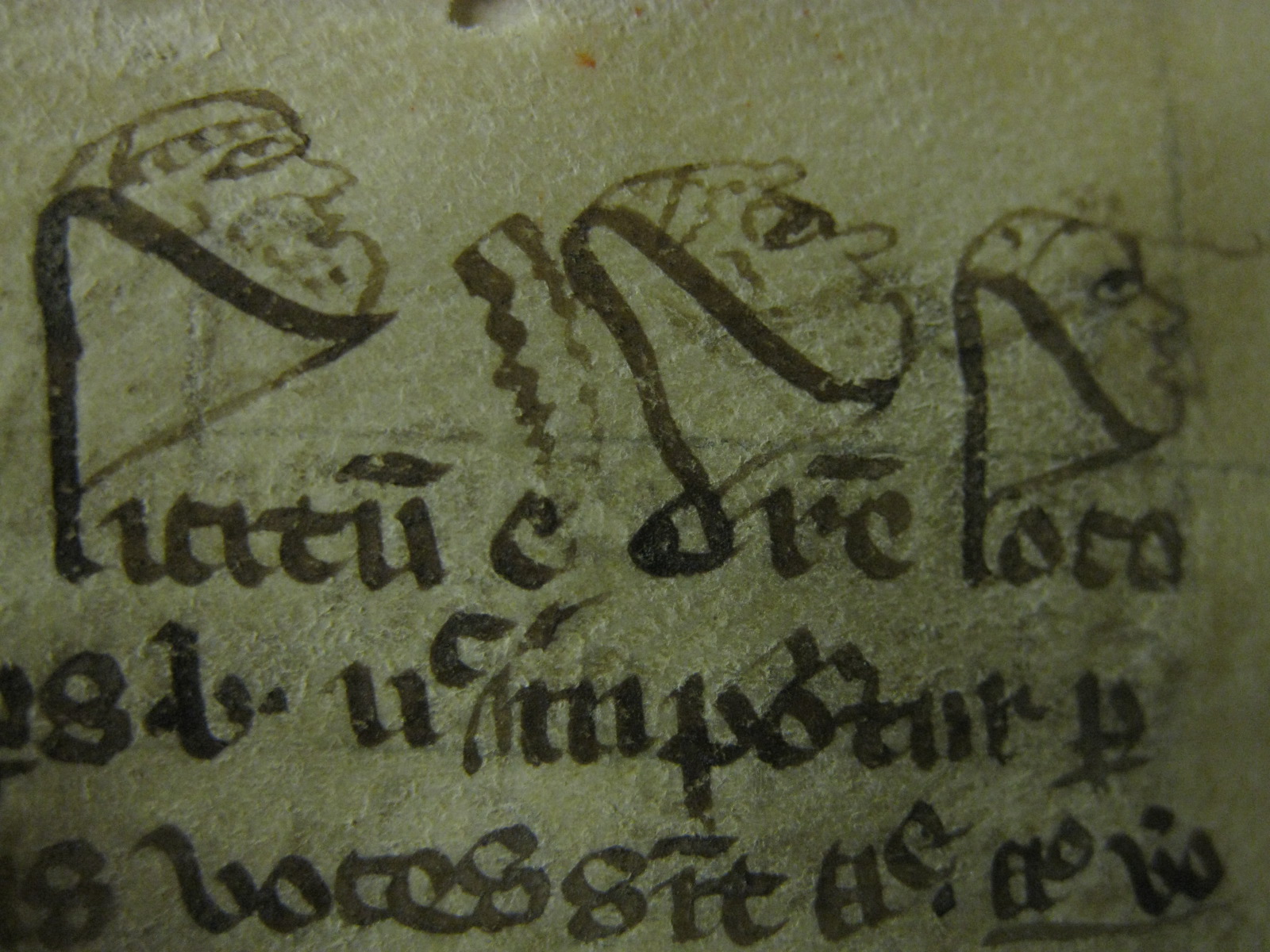 A sketch of students (or, perhaps, fellows) in a manuscript of William of Ockham's commentary on Aristotle's Physics (MS293 from the Merton College library, image courtesy of J. Walwarth). |
Michaelmas
Term 2023 LECTURES (28.5 hours) Monday 10:00-11:30 (weeks 1,3-8) Monday 15:00-17:00 (weeks 1-3,7-8) Tuesday 12:00-13:00 (weeks 1-8) in Lindemann LT CLASSES See below Course materials, reading suggestions, scheduling notices, problem sets to appear below. |
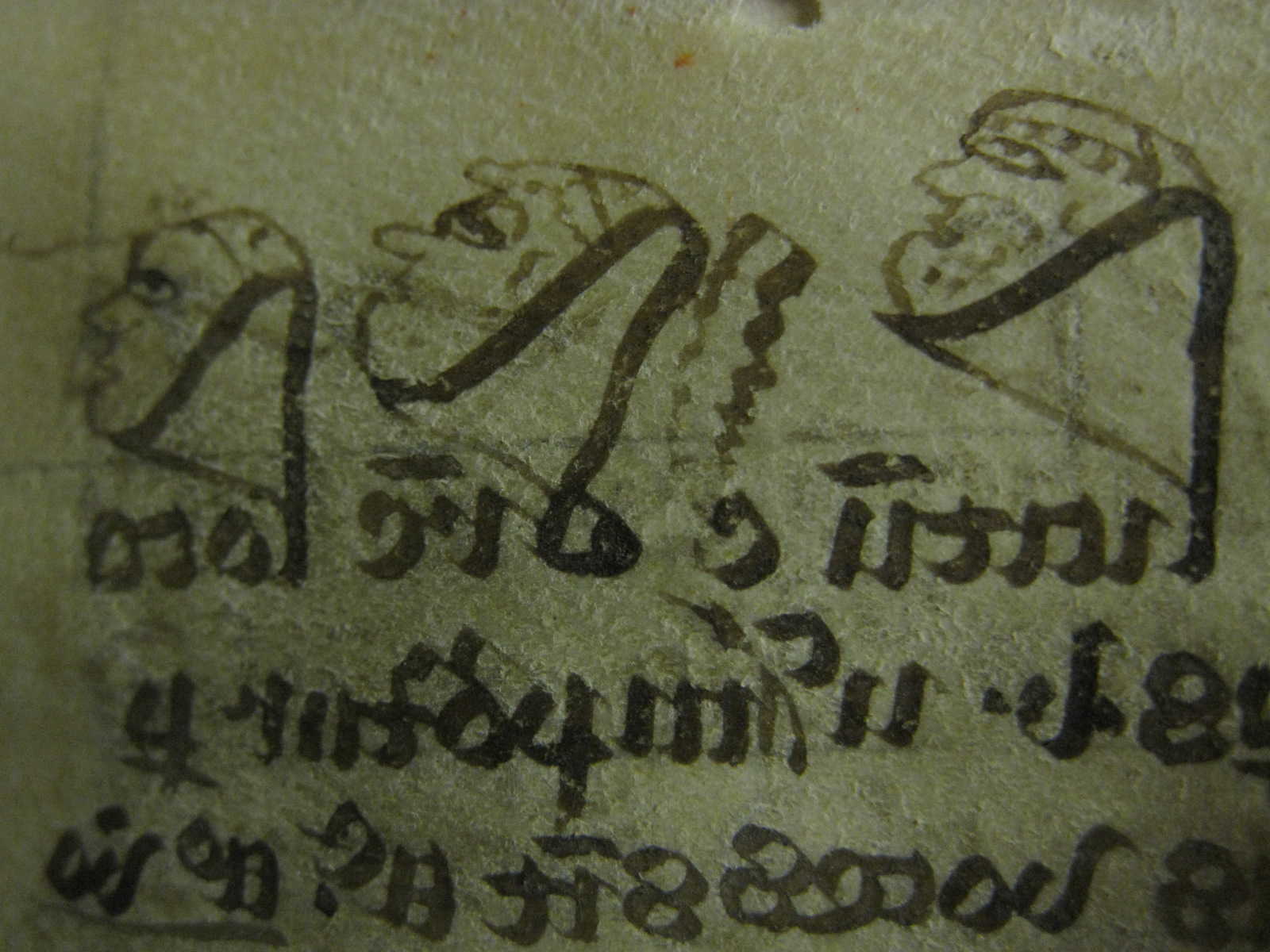 A sketch of students (or, perhaps, fellows) in a manuscript of William of Ockham's commentary on Aristotle's Physics (MS293 from the Merton College library, image courtesy of J. Walwarth). |
||
| PART I: KINETIC THEORY OF GASES |
9.5
hours (Mon 9.10.23 - Mon 23.10.23) Dr Paul
Dellar
Timescales and length scales. Hamiltonian
mechanics of N particles. Liouville's Theorem.
Reduced distributions. BBGKY hierarchy.
Boltzmann-Grad limit and truncation of BBGKY
equation for the 2-particle distribution assuming a
short-range potential. Boltzmann's collision
operator and its conservation properties.
Boltzmann's entropy and the H-theorem.
Maxwell-Boltzmann distribution. Linearised collision
operator. Model collision operators: the BGK
operator, Fokker-Planck operator. Derivation of
hydrodynamics via Chapman-Enskog expansion.
Viscosity and thermal conductivity.
The objective of this part of the course is to introduce the basic language of kinetic theory and show how, starting from a system of interacting particles, we can derive first a kinetic description for a single-particle distribution function, and second fluid equations to describe a collisional system close to Maxwellian equilibrium. Lecture 1+ (10:00-11:30; Mon 9.10.23) Lectures 2-3 (15:00-17:00; Mon 9.10.23) Lecture 4 (12:00-13:00; Tue 10.10.23) Lectures 5-6 (15:00-17:00; Mon 16.10.23) Lecture 7 (12:00-13:00; Tue 17.10.23) Lectures 8-9 (15:00-17:00; Mon 23.10.23) |
Problem Class 1 Monday 6.11.23 (week 5) 15:00-17:00 in Martin Wood LT Homework due by 2.11.23 @23:59 to Robbie Ewart via Canvas Lecture Notes Paul Dellar's webpage for this part of the course, including lecture notes, problem set, and reading suggestions |
||
| PART II: KINETIC THEORY OF PLASMAS & QUASIPARTICLES |
10
hours (Mon
23.10.23 - Tue 14.11.23) Prof Alexander Schekochihin Kinetic description of a plasma:
Debye shielding, micro- vs. macroscopic fields,
Vlasov-Maxwell equations. Klimontovich's version of
BBGKY (non-examinable). Plasma frequency. Partition
of the dynamics into equilibrium and fluctuations.
Linear theory: initial-value problem for the
Vlasov-Poisson system, Laplace-tranform solution,
the dielectric function, Landau prescription for
calculating velocity integrals, Langmuir waves,
Landau damping and kinetic instabilities (driven by
beams, streams and bumps on tail), Weibel
instability, sound waves, their damping,
ion-acoustic instability, ion-Langmuir oscillations.
Energy conservation. Heating. Entropy and free
energy. Ballistic response and phase mixing. Role of
collisions; coarse-graining. Elements of kinetic
stability theory. Quasilinear theory: general
scheme. QLT for bump-on-tail instability in 1D.
Introduction to quasiparticle kinetics.
The main new set of concepts in this part of the course, compared to Part I, is about the behaviour of a system that has not only particles but also fields: how do they exchange energy? how do they interact? |
Problem Set 2: you will find it in the Lecture Notes Problem Class 2 Monday 20.11.23 (week 7) 17:00-19:00 in Fisher Room Homework due by 17.11.23 @23:59 to Robbie Ewart via Canvas The latest version of the typed notes is available here. Check back for upadtes! Reading: |
||
| Lecture 10+ (10:00-11:30; Mon
23.10.23) Kinetic description of a plasma:
Debye shielding, micro- vs. macroscopic fields,
Vlasov-Landau-Maxwell equations. Basic properties of the
Landau collision integral. Plasma frequency. Lecture Notes sec
1.1-1.6, 1.8-2.1
|
Klimontovich
sec 4, 5, 11 (his version of BBGKY etc.) Helander sec 3 (coll. operator) Helander sec 4 (fluid eqns) Braginskii (Chapman-Enskog for plasma, original derivation) |
|||
|
Lecture 11 (12:00-13:00; Tue
24.10.23) Slow equilibrium and fast
fluctuations. Outline of the hierarchy of
approximations: linear, quasilinear, weak turbulence,
strong turbulence.
Lecture Notes sec
2.2-2.4
|
Zakharov
et
al.; Nazarenko (general scheme of weak turbulence theory) Kadomtsev; Sagdeev & Galeev (from linear to QL to WT for plasma) Landau's paper (original derivation) Hazeltine & Waelbroeck sec 6.3, 6.4 Alexandrov et al. sec 2, 4 (all the waves catalogued, with an emphasis on plasma as a dielectric) |
|||
|
Lecture 12+ (10:00-11:30; Mon
30.10.23) Linear theory: initial-value
problem for the Vlasov-Poisson system,
Laplace-transform solution, the dielectric function,
plasma dispersion relation, Landau prescription for
calculating velocity integrals. Solving the plasma
dispersion relation in the slow damping/growth limit.
Langmuir waves.
Lecture Notes sec
3.1-3.4
|
||||
| Lecture 13 (12:00-13:00; Tue 31.10.23) Landau
damping and kinetic instabilities. Sound waves, their damping,
ion-acoustic instability. Summary of longitudinal waves.
|
Sec 4 of my Notes is extracurricular material. You can read it if you like (after Lecture 13, you know all you need to know to read it) |
|||
| Lecture 14+ (10:00-10:30; Mon 6.11.23)
Hydrodynamical beam instability. Lecture Notes sec 3.7
You are ready to do Q1-5 of the Problem Set Energy conservation. Heating. Entropy and free energy. |
Hazeltine & Waelbroeck sec 6.2 (Landau damping and phase mixing without Laplace transforms) |
|||
|
Lecture 15 (12:00-13:00; Tue
7.11.23) Perturbed distribution function:
ballistic response and phase mixing. Role of
collisions; coarse-graining. Structure of the
perturbed distribution near a resonance.
You are ready to do Q6-8 of the Problem Set Lecture Notes sec
5.3-5.6
|
Krall & Trivelpiece
sec 10 Kadomtsev sec I.3 Sagdeev & Galeev sec II-2 (...and read on for more advanced topics) |
|||
| Lecture
16+ (10:00-11:30;
Mon 13.11.23) Quasilinear theory: general
scheme. QLT
for bump-on-tail instability in 1D: plateau, spectrum of
waves. |
||||
| Lecture
17 (12:00-13:00;
Tue 14.11.23) QLT for bump-on-tail instability in 1D:
energy of resonant particles, heating of the thermal
bulk. You are ready to do Q9-12 of the Problem Set Quasiparticle kinetics. Reformulation of QLT in quasiparticle formalism. Lecture Notes sec
6.5-6.6, 7.1
|
Tsytovich sec 3, 5, 7 (on plasmon kinetics and beyond) Peierls's and Ziman's books (on electrons and phonons in metals) |
|||
| PART III: KINETIC THEORY OF SELF-GRAVITATING SYSTEMS |
9
hours (Mon 20.11.23 - Tue 28.11.23) Dr Chris Hamilton Unshielded nature of gravity and implications
for self-gravitating systems. Mean-field
approximation with simple examples. Negative
specific heat and impossibility of thermal
equilibrium. Relaxation driven by fluctuations in
mean field. Evaporation. Angle-action variables.
Potential-density pairs. Long-time response to
initial perturbation. Fokker-Planck equation.
Computation of the diffusion coefficients in terms
of resonant interactions. Application to a tepid
disc.
Here again there are particles (stars) and fields (gravitational). The key feature is that there are no collisions at all and one must understand the behaviour of a kinetic system that is not close to a Maxwellian equilibrium. Lecture 18+ (10:00-11:30; Mon 20.11.23) Lectures 19-20 (15:00-17:00; Mon 20.11.23) Lecture 21 (12:00-13:00; Tue 21.11.23) Lecture 22+ (10:00-11:30; Mon 27.11.23) Lectures 23-24 (15:00-17:00; Mon 27.11.23) Lecture 25 (12:00-13:00; Tue 28.11.23) |
Problem Set 3:
you will find it on C. Hamilton's webage Problem Class 3 Monday 4.12.23 (week 9) 16:00-18:00 in Fisher Room Homework due by 1.12.23 @23:59 to Robbie Ewart via Canvas C. Hamilton's webpage for this part of the course, including lecture notes and problem set J. Binney's 2018 Lecture Notes J.-B. Fouvry's 2021 Lecture Notes |
||
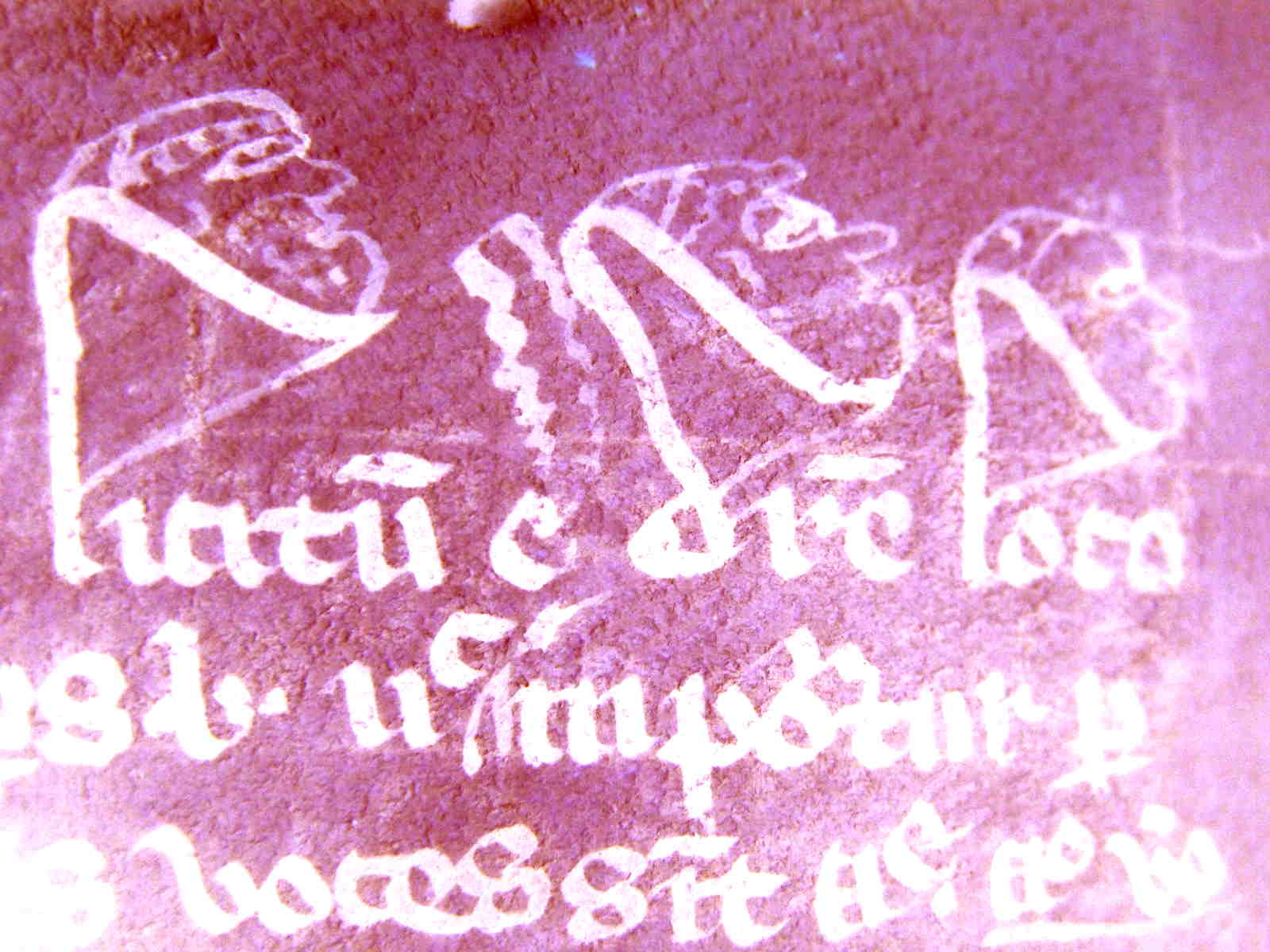 |
COLLISIONLESS PLASMA PHYSICS (Part II) Prof Alexander Schekochihin TA: Will Clarke [Part I of this course, taught by Dr Plamen Ivanov in HT24 and dedicated to waves in magnetised plasmas, is not covered on this website; for course info, see Canvas] Trinity Term 2024 LECTURES (10 hours) Monday, Thursday & Friday 17:00-18:00 (weeks 1-4, but no lectures on Friday week 3 and Monday week 4) in Lindemann LT Canvas page for this course is here |
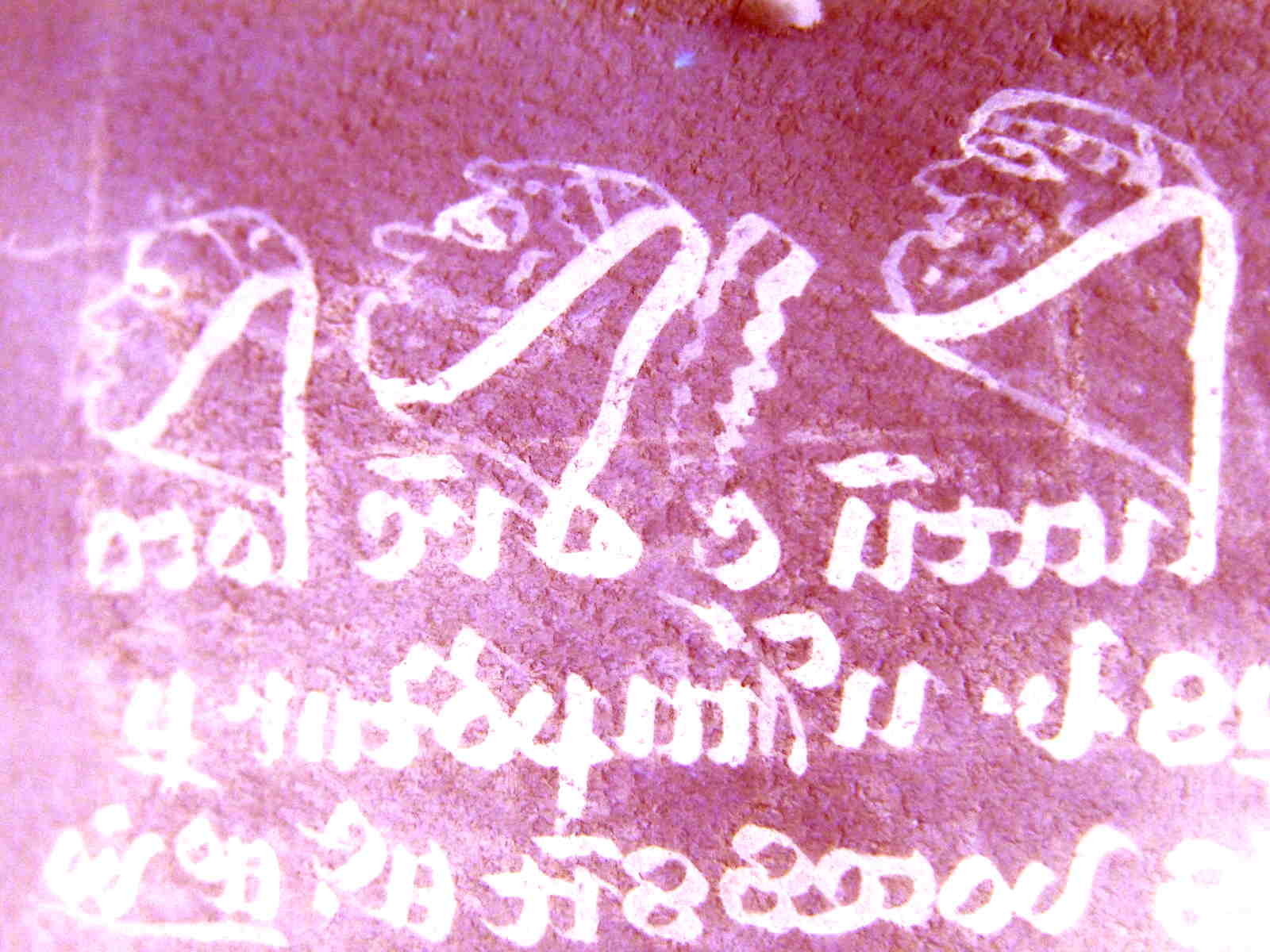 |
||
| PART I:
KINETIC MHD & DRIFT KINETICS |
Lecture
1 (17:00-18:00;
Mon 22.04.24) MHD-like equations in a
magnetised, kinetic plasma.
Lecture Notes sec
19.1-19.4
Lecture
2 (17:00-18:00;
Wed 24.04.24) Ideal Ohm's law and the
magnetised limit. Gyrotropy. Reduction of kinetic
content to pressure anisotropy.
Lecture Notes sec
19.5-19.7
Lecture
3 (17:00-18:00;
Fri 26.04.24) Alfven waves and firehose
instability. Gyroaveraged kinetic equation. KHMD
completed: parallel electric field. Kinetic equation
in variables involving the magnetic moment.
Lecture
4 (17:00-18:00;
Mon 29.04.24) Relation of kinetic equations
to particle motion. General perturbation theory for
drift-kinetic equations.
Lecture Notes sec
20.1-20.2
Lecture
5 (17:00-18:00;
Wed 1.05.24) Particle motion in a strong
magnetic field. Recovery of high-flow drift kinetics.
Lecture 6 (17:00-18:00; Fri 3.05.24)
Summary of low-flow drift kinetics. Mirror
instability. Lecture Notes
sec 20.3-20.4
You are ready to do Q1.1-1.5 of the Problem Set Lecture Notes sec
20.5, 21.1.1
Lecture 7 (17:00-18:00; Mon 6.05.24) Mirror instability cont'd. Barnes (transit-time) damping/magnetic pumping/betatron acceleration. Lecture Notes sec
21.1
You are ready to do Q2.2 of the Problem Set and Ex 21.3 from the Lecture Notes Lecture
8 (17:00-18:00;
Wed 8.05.24) Origin of pressure
anisotropy. CGL equations, double adiabaticity,
longitudinal invariant.
|
Lecture Notes: Felix
Parra's original notes for this course are available here. My own notes are here (Part IV). Problem Set: Solve Felix Parra's Problem Set 1 and Q2.1, 2.2 from his Problem Set 2. Solve also Ex 19.6, 21.3, 21.4 from the Lecture Notes (those three questions are optional). Homework due by TBA to Will Clarke Problem Class: TBA |
||
| PART II: ELECTROSTATIC DRIFT KINETICS |
Lecture 9 (17:00-18:00; Wed
15.05.24) Electrostatic regime of drift
kinetics. Electron response. Fluid ITG instability. Lecture Notes sec
22-22.2
Lecture 10 (17:00-18:00; Fri 17.05.24) Kinetic ITG instability. [Nature of electrostatic limit.] You are ready to do Q1.6, 2.1 of the Problem Set Lecture 11 (17:00-18:00; Mon 20.05.24) TBC. |
On TG-driven instabilities in a fully electromagnetic setting, see this paper by Adkins et al. (2022). On kinetic ITG with superimposed flow shear, this paper (2012). On turbulence and transport in TG-unstable plasmas, Ivanov et al. (2020) and (2022) and Adkins et al. (2023). (obviously, this topic has been studied by many people outside Oxford as well, for well over 30 years, in fact: to find out more, follow the paper trail back in time from the references above) |
||
| There will be an
optional sequel to this course, taught by Dr
Plamen Ivanov and dedicated to fluid and kinetic
models of plasma turbulence. |
READING LIST for the Kinetic Theory
Course
PART I:
see reading suggestions on Paul
Dellar's
course webpage
PART II (including "further reading"):
PART II (including "further reading"):
- A. F. Alexandrov, L. S. Bogdankevich & A. A.
Rukhadze, Principles
of Plasma Electrodynamics (Springer 1984) (Amazon)
- S. I. Braginskii, "Transport processes in a plasma," Rev. Plasma. Phys. 1, 205 (1965) (pdf)
- S. C. Cowley, Lecture
notes
on plasma physics (UCLA 2003-07)
- R. D. Hazeltine & F.
L. Waelbroeck, The
Framework Of Plasma Physics (Perseus
Books 1998) (Amazon)
- P. Helander & D. J. Sigmar, Collisional Transport in
Magnetized Plasmas (CUP 2005) (Amazon)
- B. B. Kadomtsev, Plasma Turbulence (Academic Press 1965) (pdf)
- Yu. L. Klimontovich, The Statistical Theory of Non-Equilibrium Processes in a Plasma (Pergamon 1967) (Amazon)
- N. A. Krall & A. W. Trivelpiece, Principles of Plasma Physics (McGraw-Hill 1973) --- available in TP Discussion Room Library
- L. Landau, "On the vibrations of the electronic plasma," J. Phys. USSR 10, 25 (1946) (pdf)
- E. M. Lifshitz & L. P. Pitaevskii, Physical Kinetics (Volume 10 of L. D. Landau and E. M. Lifshitz's Course of Theoretical Physics) (Elsevier 1976) (Amazon)
- S. Nazarenko, Wave
Turbulence (Springer 2011) (Amazon)
- R. Z. Sagdeev & A. A. Galeev, Nonlinear Plasma Theory (W. A. Benjamin 1969) (pdf)
- V. N. Tsytovich, Lectures
on Nonlinear Plasma Kinetics (Springer 1995) (Amazon)
--- available in TP Discussion Room Library
- V. E. Zakharov, V. S. Lvov & G. Falkovich, Kolmogorov Spectra of Turbulence I: Wave Turbulence (Springer 1992) (Amazon) (updated online version)
- J. M. Ziman, Electrons and Phonons: The Theory of Transport Phenomena in Solids (OUP 2001) (Amazon) --- available in TP Discussion Room Library
- J. Binney & S. Tremaine, Galactic Dynamics (Princeton University Press 2008) (Amazon)
- J. Binney, Dynamics of secular evolution, arXiv:1202.3403